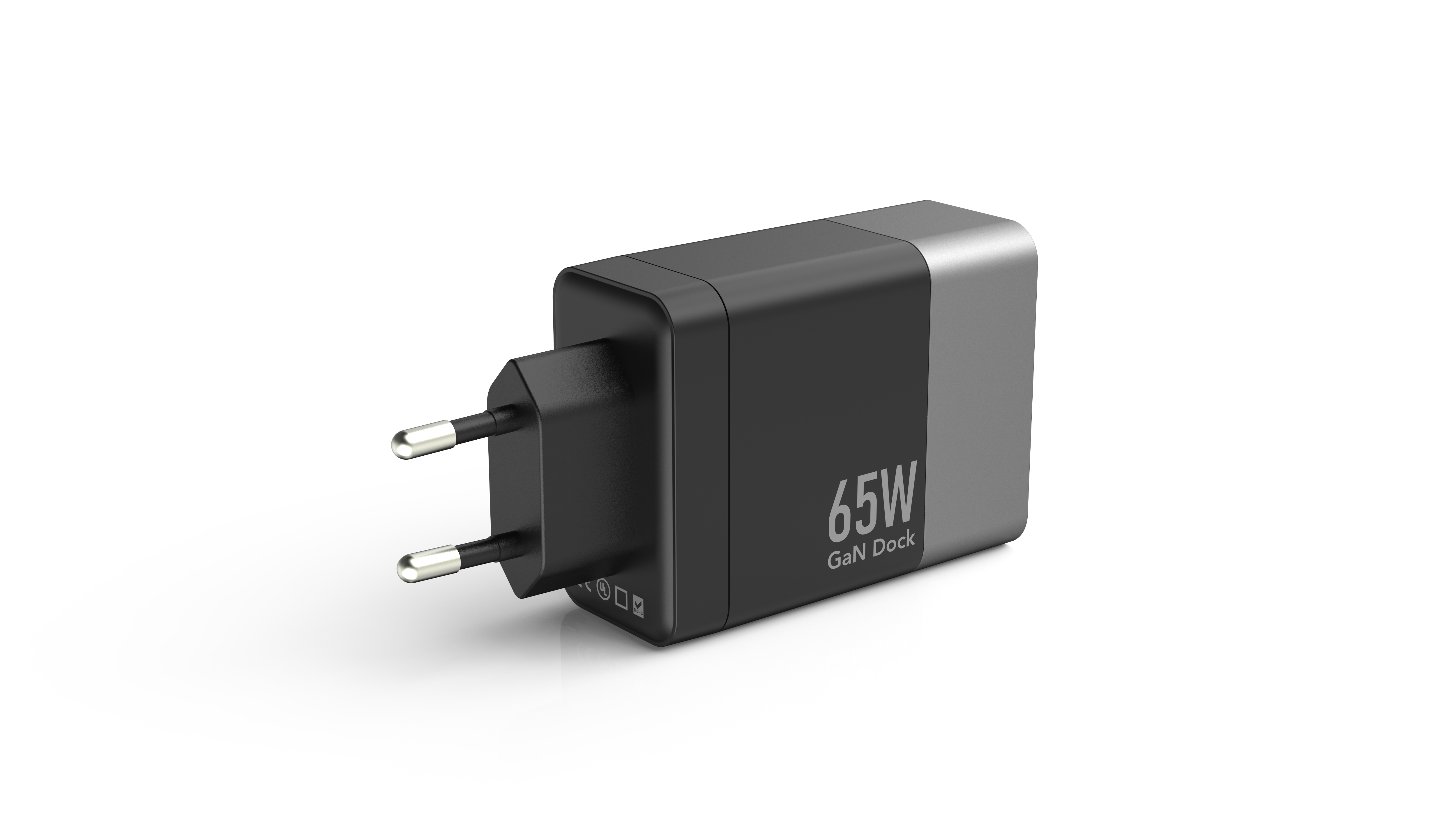Analysis of the service life of the switching power adapter,when the working state of the components does not exceed the reference index on the specification provided by the supplier,then the long-life operation of the switching power adapter can be achieved.The derating of components can improve the reliability of the product.An important reason why the actual life cannot reach the rated life is that the working conditions of the components are in the worst condition.The worst condition is that the product is under various normal or abnormal working conditions(including dynamic load changes,short circuit conditions,working in high temperature and low temperature environments,the lowest and highest input working voltage,cold startup and shutdown,etc.).
During the use of switching power supply adapters,with the change of working hours,it is divided into three stages:initial failure,occasional failure,and wear-out failure,and the corresponding failure causes are also different.
Initial failure of power supply products:In the initial stage of use,the failure of the switching power adapter usually occurs within 30 days.As time goes by,the product works stably and the failure rate gradually decreases.The main factor is due to potential defects,which require measures such as perfect design and component screening to prevent failures.There is an aging test in the production process of the switching power adapter,but the time is only 2 to 4 hours,and the potential defects of very few components cannot be screened out.
Sporadic failure of power supply products:After the initial troubleshooting,it will enter the sporadic failure stage.It is mainly caused by emergencies such as product drop and lightning,and has nothing to do with working hours,and a certain failure rate can basically be maintained.Our goal is to control the excessive fluctuations in the use environment by preventing accidental defects in the production process,so that the accidental faults are close to zero.
Abrasion failure of power supply products:After the occasional failure stage,as the working time goes by,the failure will occur again.The failure at this time is mainly caused by product loss and wear,and it can also be understood that the life of some components has reached the limit.
The derating level is comprehensively determined according to product reliability requirements,design cost requirements,maturity,safety,after-sales maintenance costs,and ease of assembly.The military standard GBJ/Z35-93 recommends the following three derating levels:
1.Grade I,which is the largest derating,has the greatest effect on improving the reliability of components.Applicable to the following situations:the realization of the product will cause serious damage to the application system or bring safety hazards to the users;there is a high reliability requirement for the product,and the design scheme of new technology and technology is adopted;due to technical or cost The reason is that the product cannot be repaired after it fails;the application system has strict restrictions on the weight and size of the product.
2.Grade II is a medium derating,which can significantly improve the reliability of components.Applicable to the failure of the product that may cause damage to the application system;high reliability requirements,and some partial door designs;high after-sales service costs,etc.
3.Grade III,which is the smallest derating,has the greatest relative benefit in improving the reliability of components,but the effect of reliability improvement is not as good as the previous grades II and I.Applicable to:After the product fails,it will not cause damage to the application system or bring safety hazards to the operator;the product adopts mature design standards;the faulty product can be quickly and low maintenance and repair costs;the weight of the product,There are no strict restrictions on the size.




